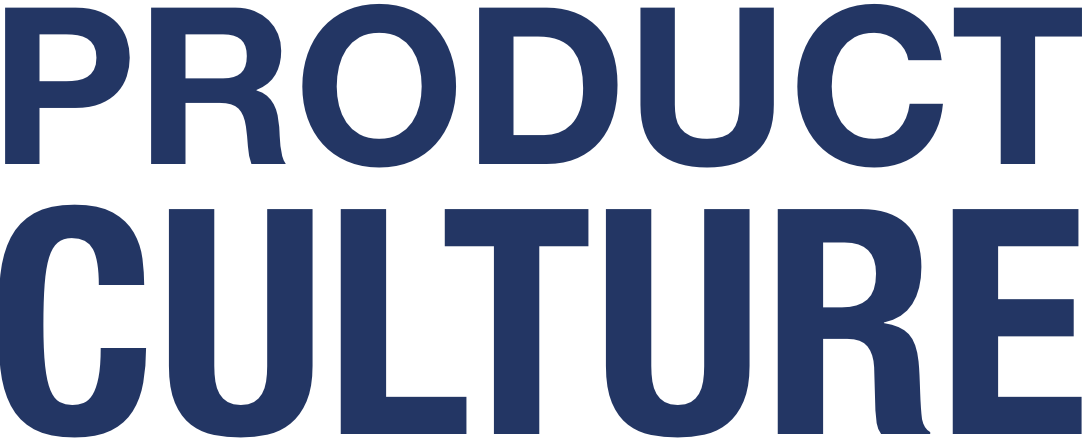Nano-letter: ONE THING on Product Culture Every Week
One insight I had, one great article I read, one amazing person I met, one question I need your help with, one product job that needs someone awesome. Sign up and I promise never to waste your time.
The super power of OKRs is alignment. When people disagree about priorities, you can point back to your objectives and key results and ask, “which of these things will move those specific needles?”
When starting at a new company, you can guess powerful stakeholders by looking at the org chart. But don’t stop there. Sometimes there is a key player with an innocuous title, like “Strategic Partnerships,” who has influence over the CEO. Building a strong relationship with this person will help you succeed.
A difficult stakeholder driving you crazy? Before you walk out the door, try escalating the problem to someone higher up. Many think escalating makes you look weak. But you may discover you are not the first to complain about this particular boogeyman.
Product people are often the main liaison with stakeholders. But product delivery is a shared responsibility among the full product team — product management, design, and engineering (at least).
What kind of decision-maker is your boss? other stakeholders? your teenager? Once you have a good sense for how they make decisions, you will be better equipped to deal with challenges that come up in the decision-making process. Some types:
Your most powerful stakeholders can be dangerous if your interests are not aligned. They can hamper your progress merely by sending resources elsewhere. Worse, if actively opposing you, they can send your product to an early grave. To gain their support, establish a link between your work and their focus. Gain alignment by showing them how your work will make their plans successful.
What is required in a great product person? I like Tony Fadell’s definition in his book Build: “A needle in a haystack!...An almost impossible combination of structured thinker and visionary leader, with incredible passion but also firm follow-through, who’s a vibrant people person but fascinated by technology, an incredible communicator who can work with engineering and think through marketing and not forget the business model, the economics, profitability, PR.” Do this describe you? What did Tony miss? See the definitions in Aligned: Stakeholder Management for Product Leaders.
A stakeholder discovery interview is about listening more than talking, so you will have productive conversations in the future. Start with high-level questions to develop context and put your stakeholder at ease. They should be open-ended, like “tell me about” or “what’s challenging about...” Plan 5 minutes for every topic, and make a careful list in advance.
Here are some sample questions:
Your organization’s structure tells you who has the real power, how information is shared, and who makes the big decisions. Studying this will help you understand who are the most critical stakeholders to build relationships with and where loyalties lie.










In today’s uncertain economy, the whole company needs to be aligned around results — especially the product team. Objectives and Key Results are the most direct way to tie the product roadmap to business results.